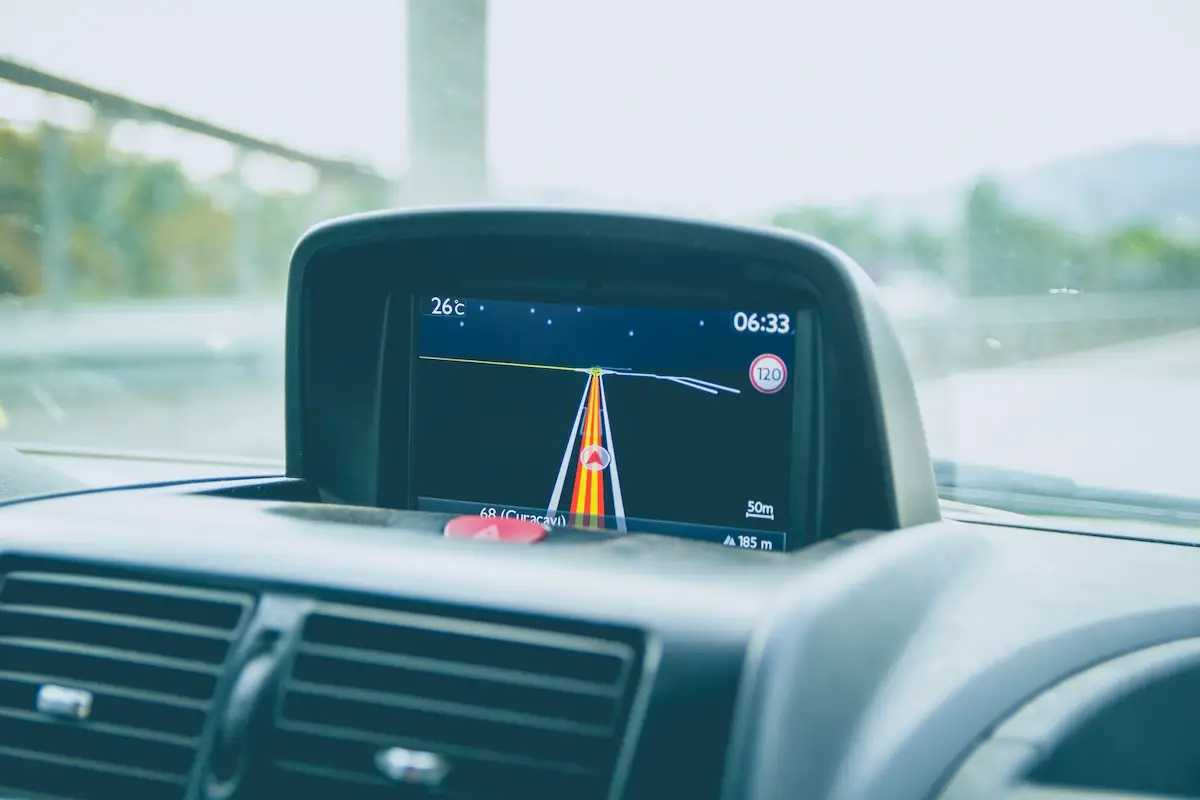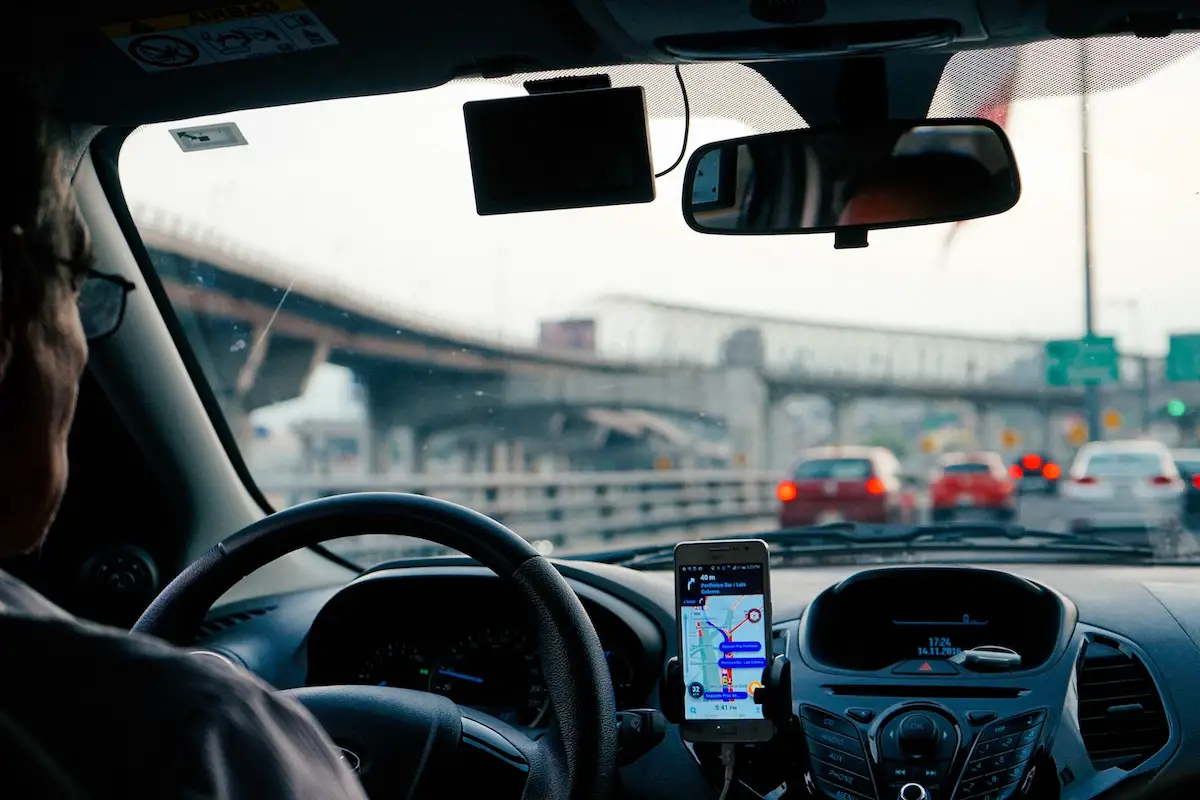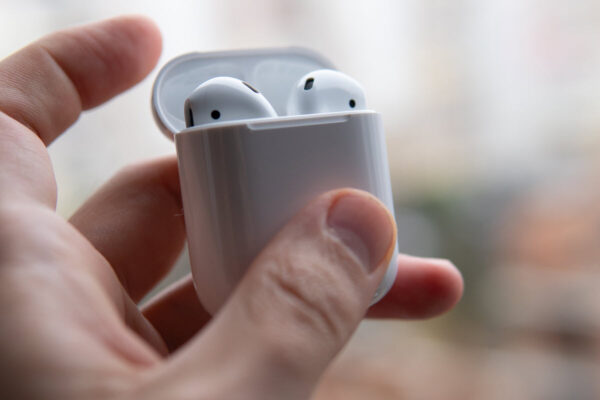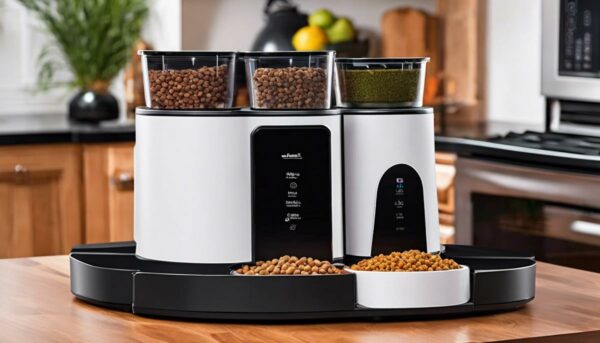What’s Next for Sat Nav Technology?

Estimated reading time: 4 minutes
Table of contents
Sat Nav technology is one of the oldest forms of modern technology we use today. Everyone’s got a Sat Nav app on their phones and basically every car is now built with it included. In the past, we used TomTom or Garmin devices to help us get where we needed to go.
It was revolutionary at the time! Paper maps were no longer needed and route planning became much easier. Passengers during a family driving trip also felt less pressure to double up as a navigator, so there were fewer arguments.
As the technology progressed, we saw new implementations and ideas. The ability to predict traffic and plot the most time-efficient routes has been revolutionary. It helps regular commuters and has also spawned great tech like trash route software or optimal delivery route apps to help companies provide better services. This all leads us to one big question: what’s next for Sat Nav technology?
This blog post will look at some of the pitfalls of modern navigation systems and where they can improve in the future. It can make everyday apps like Google Maps even more impressive and useful!
First-Person Sat Nav Routes
Right now, most navigation apps or devices will show the roads in 2D. You’re shown the road layout and you’re told which exit to take or when to stop. It works fairly well – but what if we could take this to the next level?
Instead of 2D views, how about a first-person 3D view? The Sat Nav technology shows a view of the road layout from your perspective as the driver. It makes it easier to understand directions and can provide more advice – such as demonstrating which lane to get in at a roundabout.
This would help drivers improve the way they drive while also possibly reducing accidents. There’d be a decrease in people turning late or frantically merging lanes at the last second. Seeing as Street View is already a thing, this doesn’t seem like the most unreasonable upgrade to navigation systems.
SEE ALSO: An Open Letter to the People in Front of Me at the Movie Theater
Augmented Reality Navigation
The next idea is to blend navigation with augmented reality and wearable tech.
Let’s imagine you put on a pair of smart glasses. You press a button and suddenly get directions appearing in front of your eyes. It could be perfect for cyclists or walkers trying to navigate busy cities or places they’re never been before. Arrows could be projected on the sidewalk or in the air, telling you exactly where to go.
There could also be a crossover into the world of sports/athletics. Runners could use wearable goggles or glasses and utilize this navigation system to help them find the best running routes. All the while, they’re getting directions in front of their vision, so they don’t have to keep getting their phones out.
Sticking with the runner’s idea, you can take this even further with ghost projections. It can be done for cyclists too, basically showing a projection of yourself cycling/running the same route. You see this in video games when trying to beat your old-time trial, but modern technology can bring it to life!

Reduced Battery Drainage
Sometimes, we don’t need drastic changes in how a technology works, but rather in how it affects other things. Navigation apps are known to drain phone batteries, meaning you’re living on empty for most of the day. If you’re on a car trip and forget a charger, then you could be screwed!
One big change we’d like to see is a reduction in battery drainage. Can Sat Nav apps be designed to work effectively and provide real-time data without draining your phone battery too much? It’s a tough ask, but it can be game-changing if it happens.
SEE ALSO: 25 Best Single-Player PC Games of All Time [INFOGRAPHIC]
More Accurate Real-Time Data
Google Maps claims to provide real-time data for traffic and road closures, but it’s still not as instant as we’d like. Also, Sat Nav systems in cars or other devices usually do not update this quickly.
Therefore, the natural progression for this technology is to make real-time data as accurate as possible. The moment there’s a road closure or traffic incident, your Sat Nav should pipe up telling you the problem and providing an alternative route. Yes, some do this already, but it is rare. We’d like to see it more universally used and more accurate.
Going through the next innovations in Sat Nav technology is interesting as you realize there’s not a lot of room to grow. It’s all about making the navigation systems more accurate and providing more convenient or innovative ways to receive directions. It goes to show how advanced this technology already is, and how much we take it for granted.







